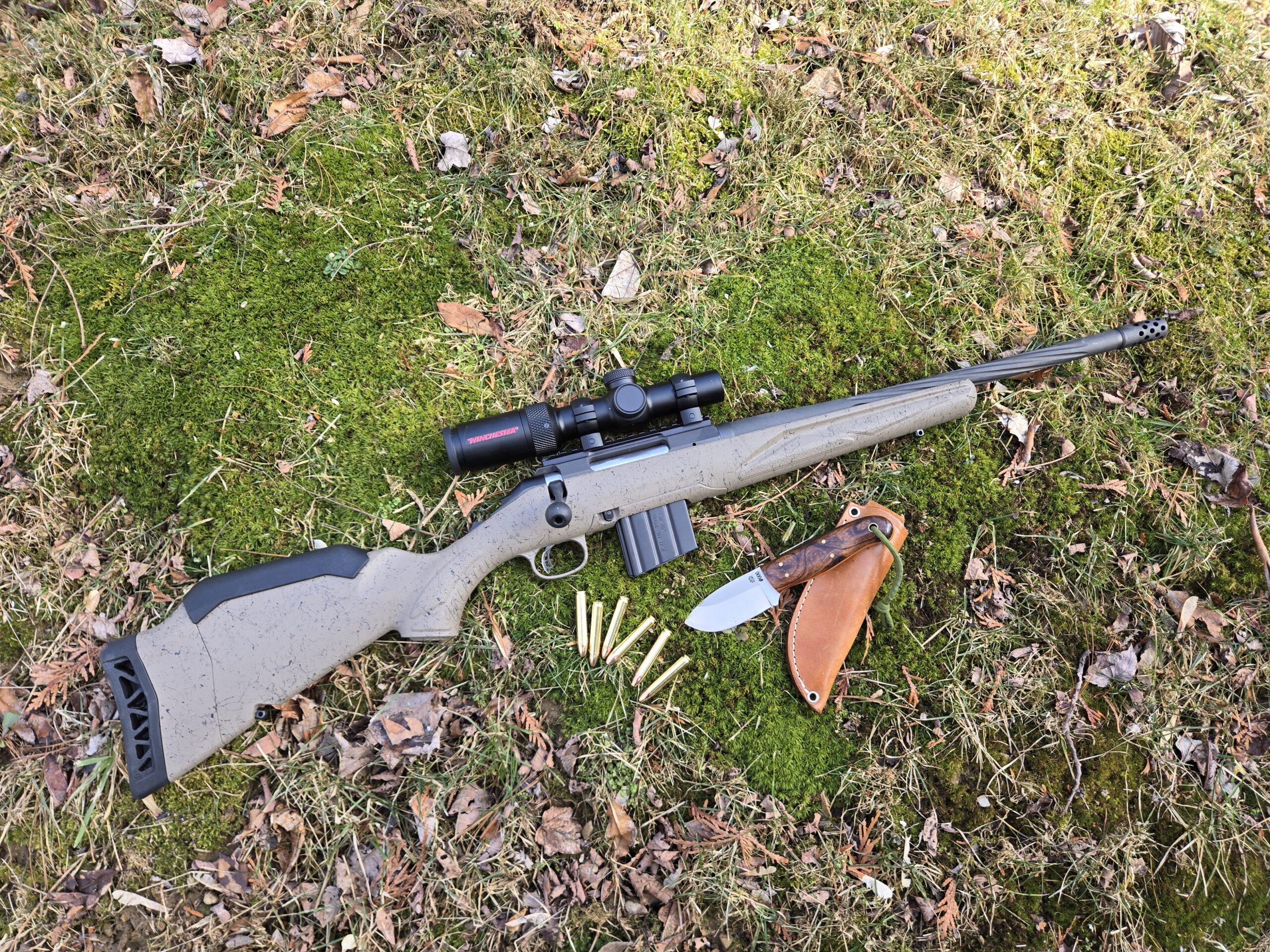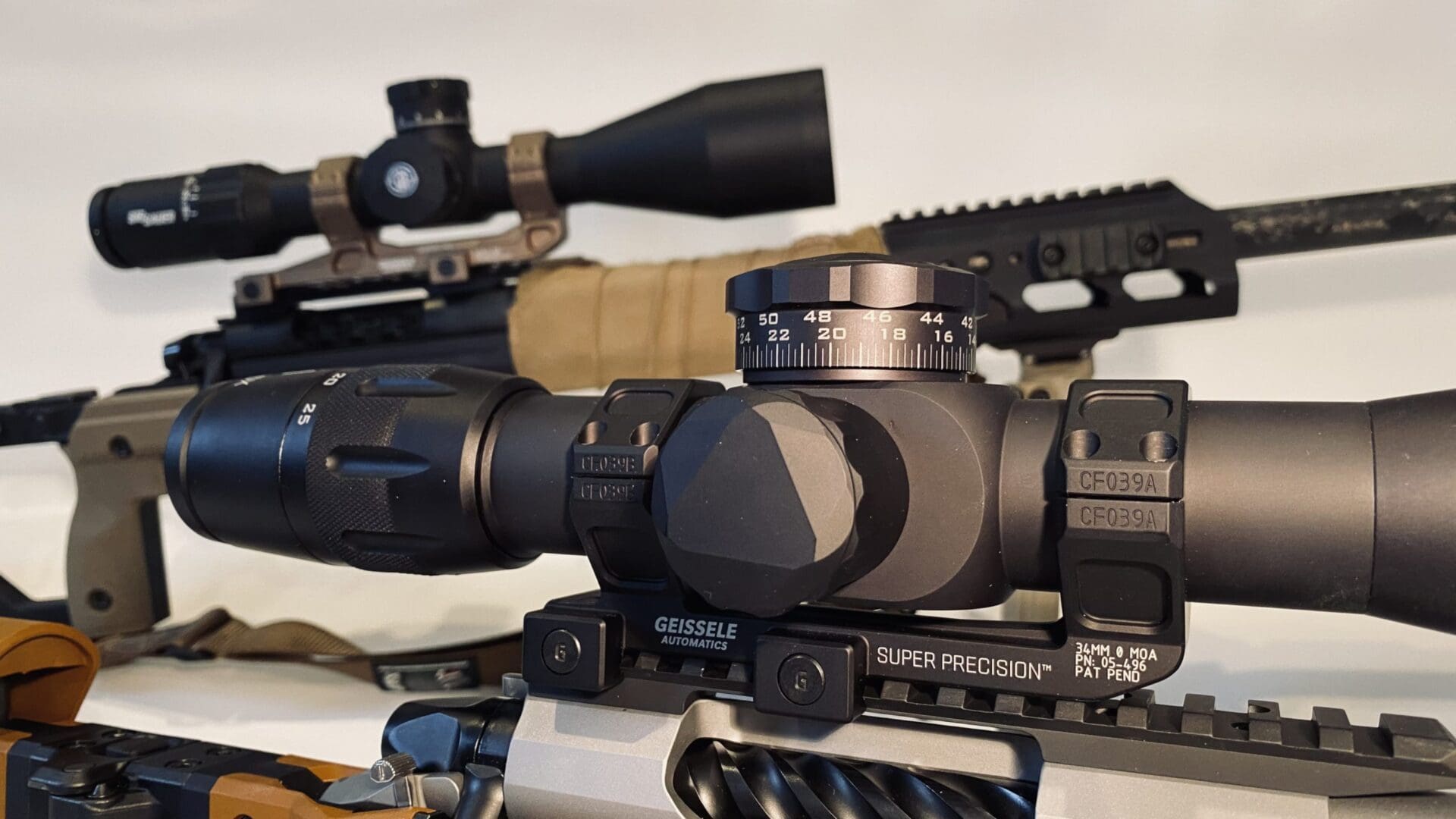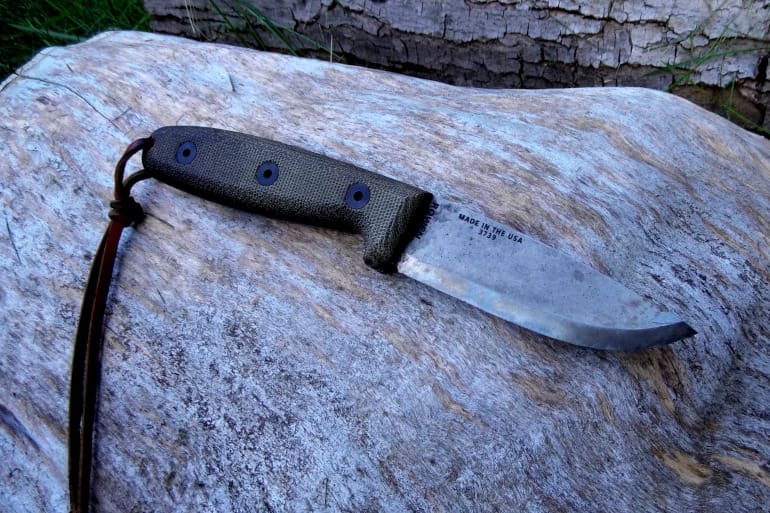In the first article in this series I detailed the history and legacy of the President’s 100 rifle match held annually at the Camp Perry National Matches. The President’s 100 has changed over the years and the gear used in it is very different than what used to be standard fare. Today we are going to be talking about building a match service rifle from parts and why those particular parts are legal for use in competition.
There are some detailed rules governing the features of rifles that are to be used in National Match competition. Some of the parts used in this article are specifically designed for match use, while others can be described as fairly generic.
All the parts used in this article can be found at Brownell’s and there’s a link to each should you wish to build the same rifle I have.
The general idea behind the Civilian Marksmanship Program rifle rules are that they are meant to emulate military rifles. As you may have learned from my first article in this series, the President’s match started out essentially as a military competition, but eventually evolved into something of a civilian readiness program for wartime.
Today the CMP sports maintain the spirit of military readiness by allowing rifles that are either cosmetically similar to military service rifles like the Springfield M1A and AR-15 or the real thing in the case of the Springfield 1903 and M1 Garand.
As a result, the rifles are generally set up in a military profile to level the playing field from competitor to competitor. The CMP rifle I built here is set up to the same size specs as the M16, but it isn’t in any sense a true M16.
The rifle is based around an M16 style lower and M16 length barrel, but it’s not the same weight as a true military M16. It’s a semi-auto only target rifle that simply resembles the military rifle.
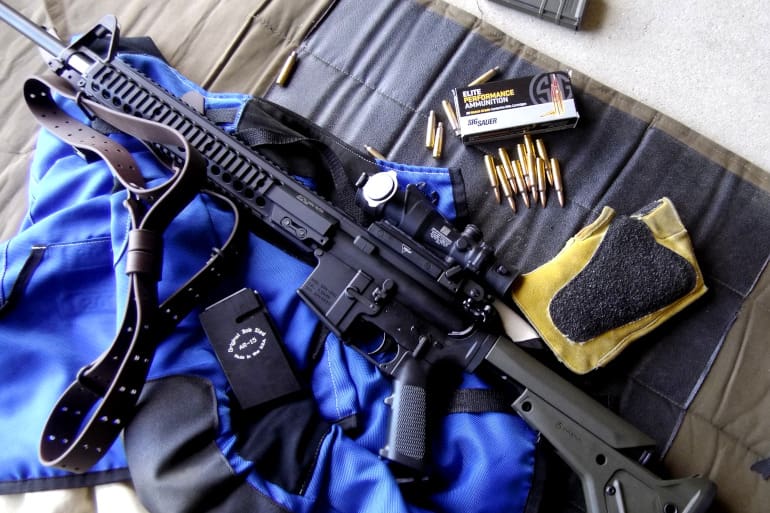
We’ll start with the lower receiver here as it’s simpler than the upper, which is quite specialized. The lower itself is a Brownell’s BRN-16A1 lower that is very similar to an M16A1 receiver in outward appearance. The lower was finished out with a Geissele Automatics lower parts kit less the trigger. This is a great quality parts kit that fits tightly and is match legal.
I went with Geissele for the trigger, too. The High Speed National Match trigger set is among the best AR triggers available, which is saying something. Every single one of my AR-15 rifles wears a Geissele trigger. In all the years I have been a match shooter, I have yet to find a better, more rugged or reliable trigger.
The stock can be adjustable on modern match rifles, however they can only be adjustable for length of pull. It’s allowable to adjust the height of the comb on your rifle, but not during a match. You are able to adjust length during a match should you wish to alter the LOP between shooting positions which is why I went with the most popular style today: the Magpul UBR Gen 2.
This stock has become very popular in match shooting. The buffer and spring are again from Geissele. The Super 42 Braided Wire spring is among the best and most consistent springs out there. It’s as good as a spring gets. Lastly, I picked a Bobsled single-shot magazine for slow-fire loading.
Assembling the lower is pretty standard fare for any regular AR lower. I would tell you that there is some special sauce I used when building it, but it all went together just as any AR lower would.
I added only a couple of small items to make it fit a little better, those being a ‘gapper’ that so you don’t have to deal with that annoying trigger guard gap and an AccuWedge to make the upper and lower tension consistent.
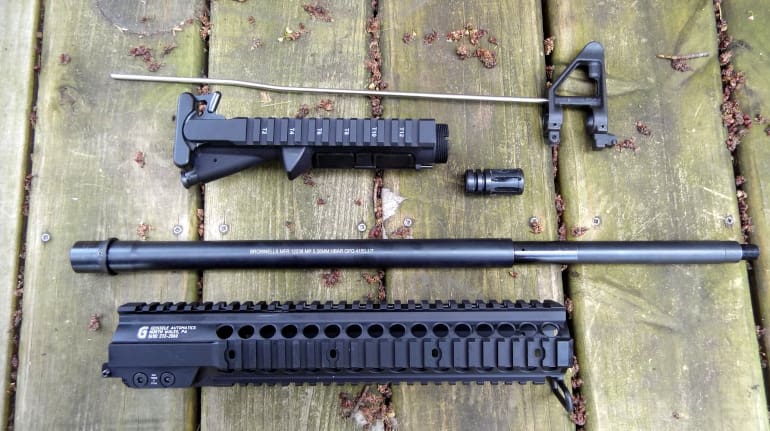
Once the lower was assembled, I went straight into working on the upper receiver. There’s a bit more to do on this upper, as there are some rules that must be observed.
The first choice was the upper and kit to finish it, so I went with another standard stripped upper from Brownell’s. This is a regular, no-frills M4 upper. The upper kit I chose was also a regular, basic offering.
To avoid getting gas in my eye, I went with the PRI Gas Buster charging handle. When you shoot these matches, your nose is right on the handle which makes it necessary to prevent that annoying blast of hot gas back in your aiming eye.
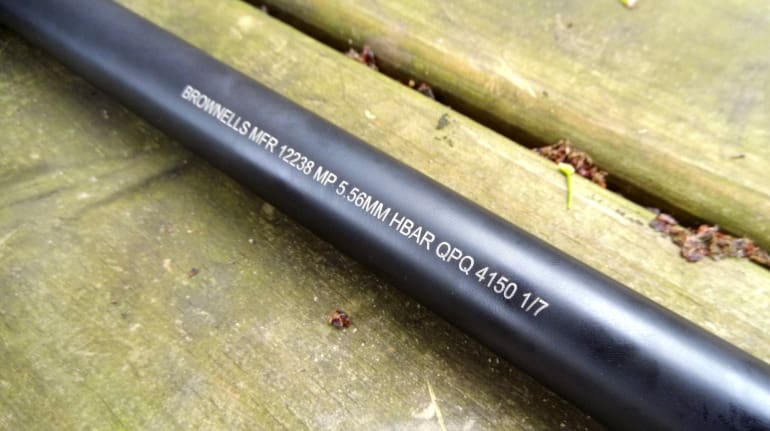
Inside the upper, I went with a standard M16 bolt carrier group. There were other options, but I figured that the average shooter reading this might have one or two of these lying around. I didn’t do anything special to lap it or smooth out any of the internal surfaces before beginning assembly of the upper.
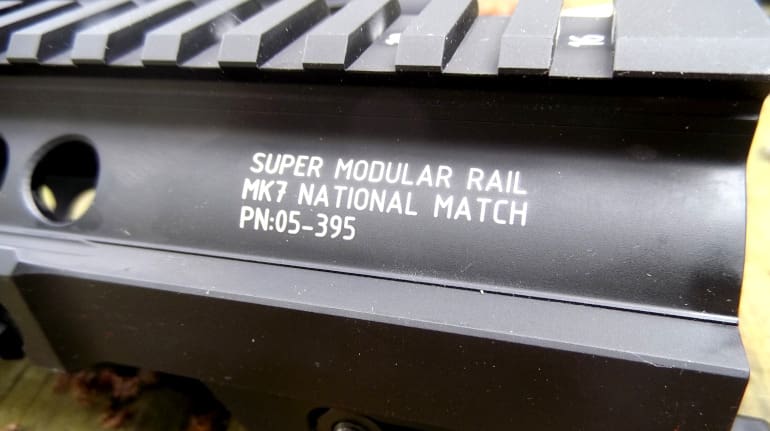
The most noticeable feature of the upper is the Geissele Mk7 12.7″ National Match Super Modular Rail. It comes with an entire manual for installation, but doesn’t take too much effort to work with.
Under this rail is a great barrel, the Brownell’s Military Barrels 20″ 1:7 twist 5.56mm HBAR Profile barrel. The barrel was inserted into the upper and the fit was just right. I installed a standard CMMG gas tube and a standard A2 flash hider. Both are match legal.
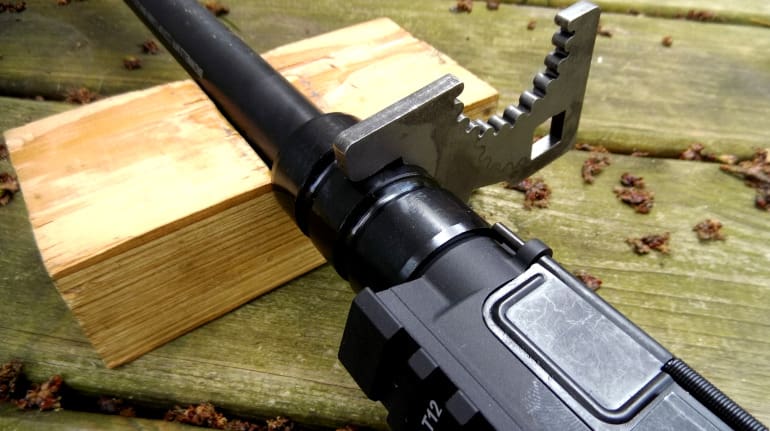
Installation of the barrel and rail isn’t difficult, but does require careful attention to detail. The barrel nut doesn’t require a tremendous amount of force to install and it comes with its own wrench.
The rail itself is heavy and thick and very solid. There’s no other rail on the market that’s as stable and rigid as the Geissele National Match rail. It should be noted that the sling swivel is set to the exact legal allowable placement for a 20-inch barrel setup and is part of the rail.
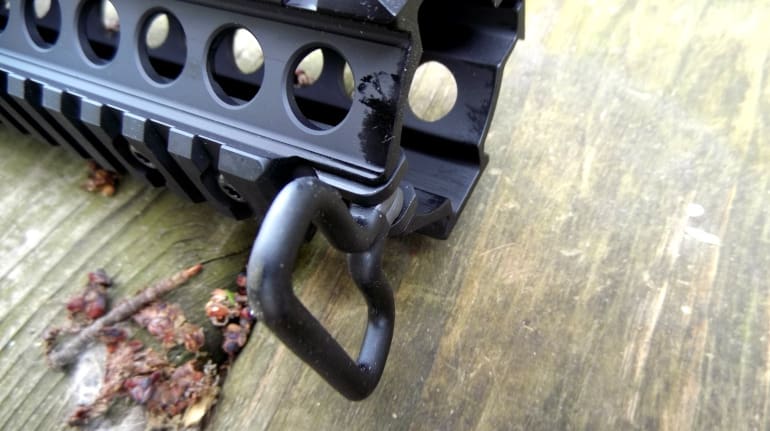
The finished rifle was fitted with a Brownell’s Tactical Plus sling, which is competition legal. This is a 1907 pattern sling made of Biothane. It’s extremely durable and weatherproof, which makes it great at repelling sweat and rain alike.

The finished rifle was taken to the range where it was fully lubricated and fitted with a Leupold Mark 5 HD 5-25×56 scope. This scope is not legal for CMP use, but it was great for testing loads determining what loads were the most accurate at several distances.
The initial groups with this powerful scope were amazingly small off the bench. I was able to print ten-shot groups as small as 1/3″. My testing came to a swift close when I found one load that was the best performer at ranges from 100-600 yards…but you’ll have to wait until my next article to find out just how I selected the best ammo for use at the matches.
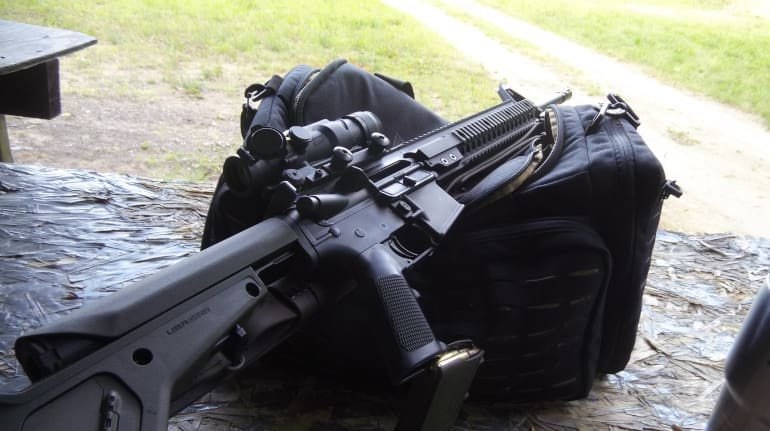
I put about 900 rounds through the finished rifle over the course of a couple of weeks and had no issues with reliability, which was great. The testing wasn’t over yet, though, as I had to make some determinations as far as match-legal optics. In my next article I’ll be talking about what you’ll need to consider for scopes and ammunition.
For interested parties looking to build their own rifle for the National Matches, it should be noted that you don’t have to go through the effort of building one exactly as I did. There are endless legal configurations and you can use what you like so long as it fits within the rules.
The way I did it here was what I thought was the best way to go about it for the everyman. The rules change all the time, so this probably won’t be the only time I build and rebuild this rifle for National Match competition. Stay tuned.


